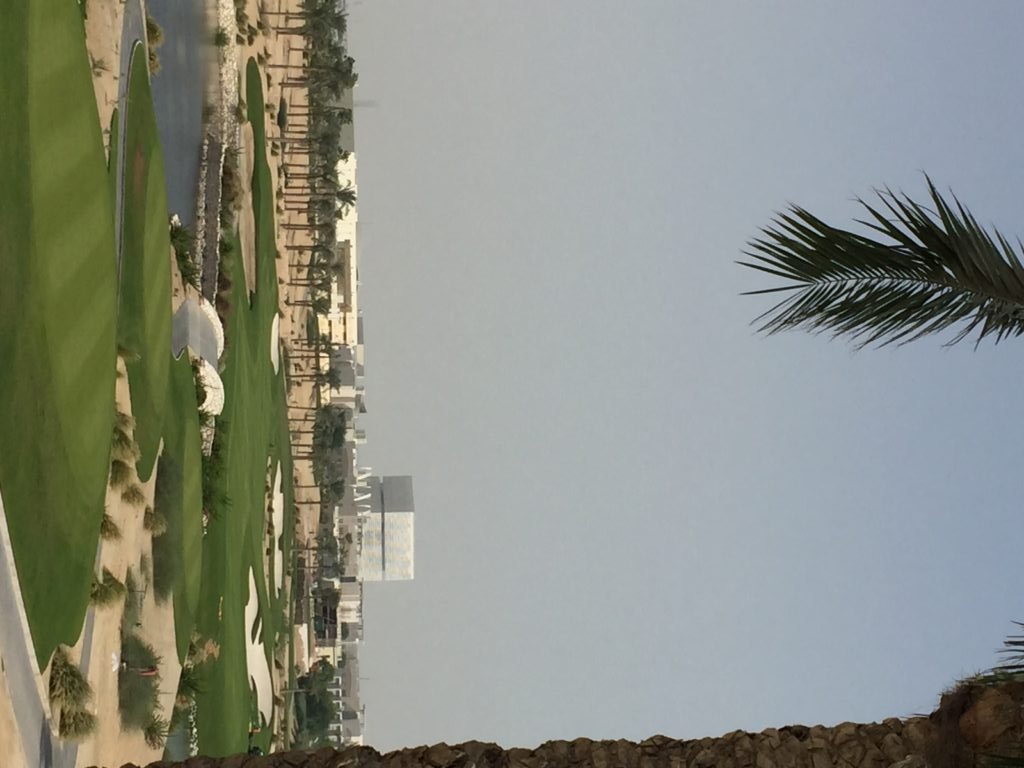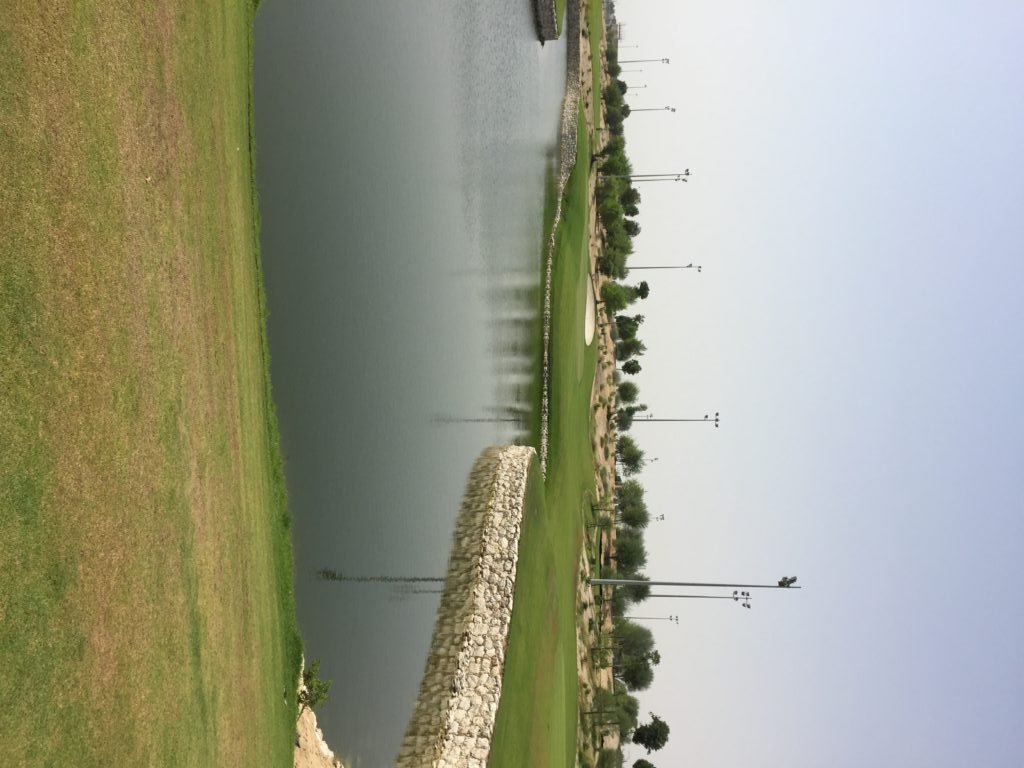Put the words ‘Qatar’ and ‘golf’ in the same sentence and the chances are you’ll think of the Qatar Masters tournament on the European Tour, which is played at the Doha Golf Club and the most recent staging of which was won by Eddie Pepperell. This may change, however, and quite soon, with the opening of Qatar International Golf Club, designed by José Maria Olazábal and built not out of the desert sand of that Gulf kingdom but laid out upon soil that was originally limestone rock.
The main 18-hole course is part of an environmentally sustainable project of extraordinary ambition, a development which also includes a 6-hole course (something the R&A et al have been saying we need more of in the UK, let alone the Middle East!), a floodlit 9-hole par-three course, a golf academy and a family golf park. Among the emblematic examples of the care of the construction operation are the revitalisation of a wadi (dry river bed) as the native eco-system for natural drainage and the preservation and strategic integration of dry stone walls and an ancient water well. The championship course measures over 7,100 yards from the back markers but they are not your only choice – there are five different teeing options on each hole. The ultimate intention is that the course will eventually stage a major event, whether that might be on the European Tour or not.

The view towards the 5th green on the championship course at Qatar International: once all this was rock
When, 30 years ago, the Emirates golf course was opened in Dubai, the first green course in the region, the obvious shortage of water (we’re in a desert here) meant a desalination plant had to be built in order to make the sea water, of which there is of course plenty, suitable to irrigate a golf course. This project in Qatar has gone rather further. The irrigation here is provided by treated sewage effluent (TSE), which doesn’t sound so lovely but it is a marvellously efficient way to turn waste into water. Desalination? That’s just so hickory! It is hard to conceive of a golf course being created from a more inhospitable pristine landscape than this one. Furthermore, in order to provide the elevation required for the course on what is naturally generally flat terrain, 700,000 cubic metres of rock were shifted from a nearby site where they’re building a World Cup stadium. To make the landscape aesthetically appealing, 3,000 trees – perhaps notably the sidra tree – and 120,000 shrubs, vines and bushes have been planted, the majority of these being indigenous to Qatar.

…and this is how things look when they’re on, offering a very bright view of the green on the opening hole
Olazábal has been out there half a dozen times to cast his eye over the progress on the site of what is a formidable project and a fabulous achievement. The official opening will be during next year.
You can follow me on Twitter @robrtgreen and also on my other blog: f-factors.com


